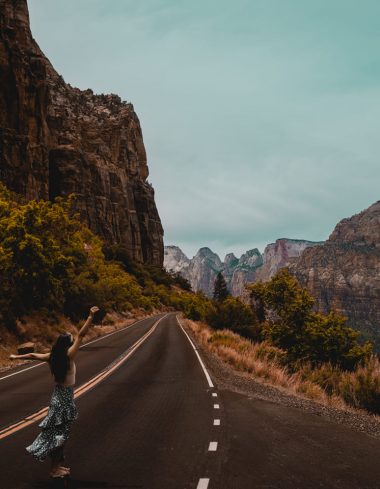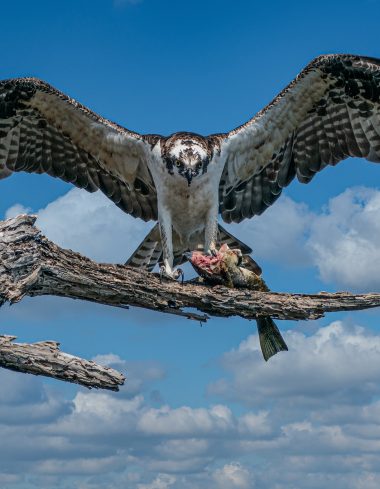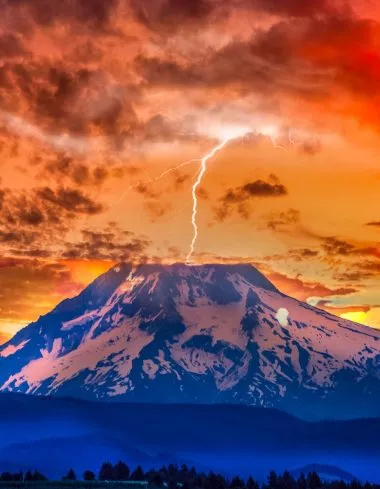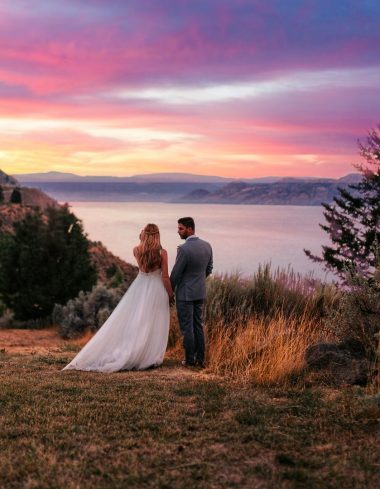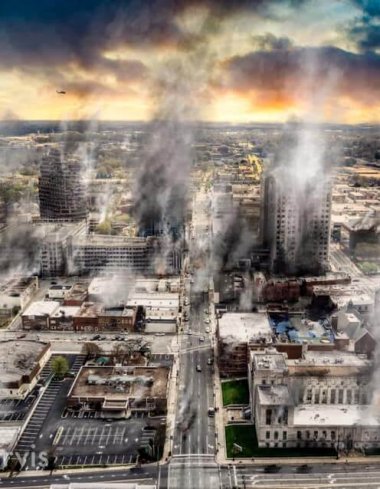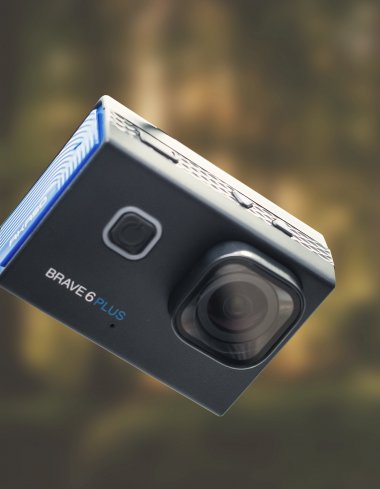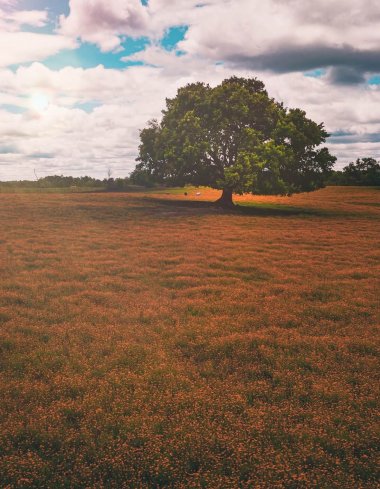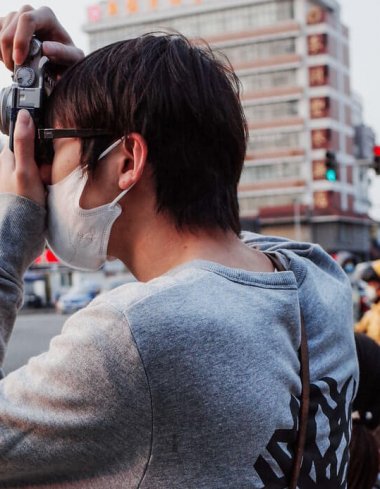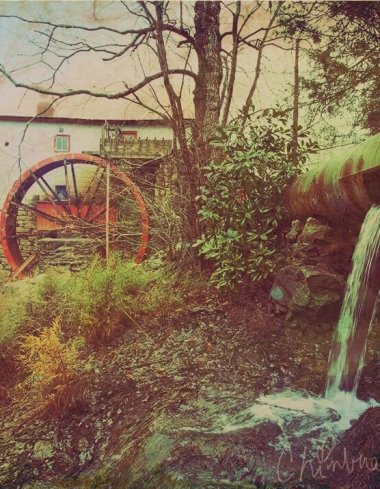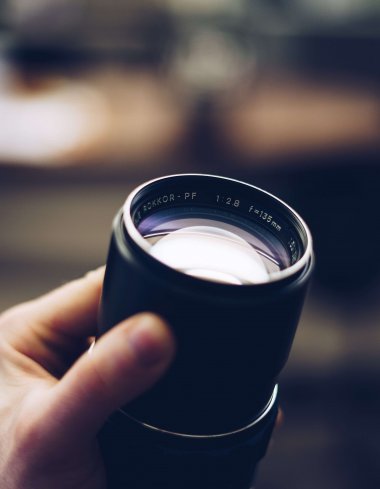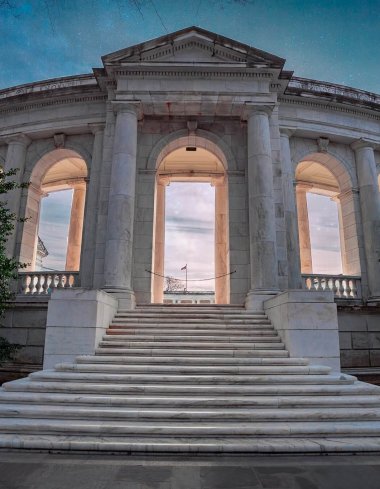Hey eve
ryone! This is Jordan from Sleeklens.com and welcome to this week’s episode of the Sleeklens Photography Podcast. This one is going to be in response to about three or four emails t
hat I rec
eived o
ver the
past we
ek, all a
bout one specific topic, and that is really been talking about how to get more time out of your photography. How to make more time to get out there and take photos; how to make more time to actually develop your photography. So, these are to be tips a little simple, simple tips in order to get the most out of your photography, and really make the most of it when you do have a chance to actually go and take photos.
So, for those of you who have you know that the normal full-time job, a 9 to 5 Monday through Friday grind that everybody has, you know exactly when talking about and what these emails are really about is, basically, just talking about how someone can work a full-time job and – you know sitting at a desk all day or something like that – and still have time to go out and grab cool photos. Whether it’s after work, whether before work, whether it’s at the lunch break or on the weekends, and still make time for family, all that kind of fun stuff. You gotta have some things put in perspective when trying to make time for your photography. So, I got about seven tips. Here are some things that I kinda thought about when I’m trying to make time for my photography, in between the jobs that I have, still try to do my own personal photography stuff.
#1 – Define Your Vision
I was conservative number one, it’s a very simple one, and this is kind of a very simple one when it comes to just goals in general; and that is actually write down your goals for your photography and display them. So, what was going trying to accomplish here with this particular step is, look at what kind of style photography. What kind of things that you want to accomplish in your photography, and actually write them down so that you know that you know, if you have a free couple of hours, these are the things that you need to work on.
It is really important to display them, because if you don’t display them and you can keep them tucked in the notepad that’s in your desk or something other not easily accessible, and you might find yourself doing something else when you could be working on those specific goals that you really want to take care of; and so I actually do this. I have like a little shot list or concept list that I actually have on my iPad, so I’m actually kinda breaking my own rules: I should be displaying this somewhere, somewhere where it’s easily accessible, but I do write down the kind of goals that I have when I want to photograph something. Whether it’s just places I want to fix photos of, certain styles of shoots that I want to do, genres of photography, something I want to try out new… All this kind of fun stuff I have that actually written down, and so I know that if I have you know couple hours or a free day, or something like that, I can run out and try to start working on this.
I’m not going to say I’m going to complete it in that particular day, or the timeframe that I have, but I know them and work towards completing that because at some point I wrote this down. I really, really wanted to do something along those lines. So, for example, I really want to, I would. I would love really, as a Real Estate photographer, I would really love to find a really nice Airbnb, or a nice rental home that I can rent for maybe two nights, or two days and nights, and really going to the get the home and spend a whole bunch of time in that home photographing light painting – doing all this kind of stuff – and use that for portfolio. So, that would be kind of something that I really want to accomplish. Obviously you can’t do that in a couple of hours, but in the free time period that ever comes up, that would be something that I want to look at to look to see if I do have the timeframe to do that.
#2 – Take your camera with you everywhere you go
Now, this applies to a lot of people. Actually, I did this when I had one of my full-time jobs, where I would take my camera and actually leave it in one of those small shoulder bags in my trunk. And I did that for a week, and then I kinda got freaked out I didn’t want to leave in my car all the time so I took it out; but basically what I’m trying to accomplish here is you know if you’re driving down the road and, and maybe you’re driving back home and some beautiful sunset outside… you don’t have your camera with you. So, you would love just to pull over, get a couple of quick snaps of that sunrise or sunset, but you don’t have a camera with you. So you’re kinda kicking yourself saying: “oh gosh, I wish I had my camera to take this photo”.
So, everywhere you go everywhere, every place you go for going out for the weekend with family or something, take your camera with you. Depending on what kind of style photography you do, maybe you are going to a nice restaurant and you can do food photography. Maybe you could take your camera in there and grab a couple of snaps, and try to get some really cool photos. Stuff like that; stuff that you know you would miss out on it if you didn’t have your camera. So stuff like that.
Also, if you do have the ability to shoot really steady shots on like a smartphone or something, obviously you could do that, but it won’t be the same quality as your regular camera but, you can actually use that as a way of getting different shots; maybe kinda documenting “hey I got this shot here my phone”. I have it there, I know I can go back get with my regular camera so, it could be kind of like a documentary thing, a bookmark and a way just saying “I want to go back and get that”, and this is what it might look like. So always take your camera with you everywhere.
#3 – Start any type of photography project
The next tip here is actually starting any type of photography project; any type of personal photography project that deals with nothing with work, nothing with the photography job that you might have, nothing with people asking you to do “hey, can you take photos” of their family or something like that. Just something that is all your own, that you called the decisions, you call the shots, and you do it exactly the way that you want to.
Starting any type of photography project like that is so beneficial for almost every photographer out there; there’s actually a photographer that I can’t remember the name of right hand, I think it’s something Hernandez, but he has a YouTube channel and what he does is making these really cool scenes, with using like a miniature model.
So, he might put together a car, like a regular model car, might put a car together; paint really nice, rusted up a little bit. Develop a scene with like sand, and different kinds of stuff until you smoking. You know, these are not things that he can do in, you know it, one-hour period. These take weeks and months to develop and sketch, and get the shots right, and that’s just shooting it; not to mention actually compiling all those together in Photoshop and putting everything together and stylize it. It takes a very, very long time.
So, that is, that would be considered a personal photography project where he can do anything that he wants to do, and you know, he knows exactly how it’s well to be he has no time limit of what he wants to finish this. He just knows that he wants to get this done, and it’s just something that he can work on in pieces. If he needs to, take a free day, as he has been all day doing all this stuff; and it’s just one of those cool projects that you know you’re not getting complete in a week. You actually have to keep developing and working on it, and that just make those photos that more meaningful and that more special. So, I really think starting any type of photography project, no matter what it is – whether the short-term or a long term one – doesn’t matter. Just start any type of photography project, and that’ll come get your mind always thinking about that project, about what you can do to develop it or try to finish it up as quickly as you want to – it just doesn’t matter. You’ll always gonna be thinking about that project, you’ll always have something to work on when you do have a free moment.
#4 – Combine your photography with your daily life
Alright, so the next tip is going to be to combine your photography with your daily life. Now, this it will be easier for some people, but for example – I worked as a graphic designer for an apartment complex for a few years and I really wanted to kinda to bring my photography into that job; so, I would ask you ask my supervisor: “Hey, I know you guys want shots of the apartments that are local to us. I am really good at photography. I can go and take those photos for you, and we can use them, that way we won’t have to hire somebody else – the department doesn’t have to hire somebody else to come in and do it. Obviously, a work for you guys, so you guys can have the photos for free.” But that gave me the opportunity to use my photography to go out there and take photos of something that I really, really wanted to take photos of. It kinda gave me a dual purpose. I was able to use those for the job, but also use those for my portfolio. And so, it was kind of win-win there, so that’s kind of a small way of working it in.
You can also do, again is this is kind of like combining the start any type of photography project and putting in your daily life, is kinda combining those two tips, but you can actually start a project like a 365-project work: every day you’re taking a photo, so you’re kind of always carrying your camera with you anyway, and you are working in your daily life. You can actually make a series of your day – like a photo series of your day – and working it into your regular job, your daily life, your weekends – all that kind of stuff – to just, working it in. See a spot; fill that spot with your photography. See if you can develop that into something that could be a career later on.
#5 – Appreciate time management
This one, this next tip is going to be one that I found myself doing a lot way back when. And I can still do it now, but it’s getting rid of all the time-sucks that you have. Anything that just sucks up all of your time.
So, for example, I like to watch YouTube videos that are, you know, photography based, not to mention that they’re entertaining, but they also kind of put little thoughts in my mind; so, if going out to do something I had, I have seen it somewhere. I can probably start developing it, and I found that I will watch all these videos and just get these subliminal thoughts in my head, and I will get to the job and kinda remember what it was but I won’t remember what it was. And I did. I was basically watching how to do the specific technique, but I wasn’t actually putting it into practice. It was like I was just watching it and saying ‘oh yeah, that’s easy. I can do that’ and never actually practising it. So, it’s kind of a two-part tip it’s getting rid of all the time-sucks that you have, but also kind of make sure you practice and not just think you can absorb it all by watching videos or something like that.
So, I’m not talking about the time-sucks like social media or anything like that because that’s kind of a given, but you know, kind of, kind of getting rid of all the things that you might catch yourself doing, that where you could be doing your photography. You could be doing something else; you could be doing something productive, but you’re just sitting there for me. In my case, staring at a screen thinking ‘yeah that’s cool, I can do that’ but then I get to the job, and I’m like ‘I have no idea what I watched, drawing a blank here’. It’s kind of more, more practising, less watching.
#6 – Start saying ‘NO’
So, the next tip is going to be ‘start saying no’. If you’re, maybe you’re a single guy out there, and you really want to go take photos over the weekend after you get off work; you want to go out and kinda go to the mountains and take some cool photos but your friends really want to go out to the bars or something like that, start saying no. Start making sure that you keep track of the time that you actually have to be productive with your photography, and not just again that kind of a time-suck to kinda get sucked back into doing things that, are fun obviously, but you kinda don’t want to do them. You actually had other plans. So, it’s just a quick one. Start saying no, start prioritizing what’s more important.
Do you want to actually develop your photography? Do you want to continue to work on that, stuff something that really brings you joy or just kinda just do the norm and all that stuff? Obviously, you can hang out with friends. Perfect, everything everybody does that, but getting rid of the time-sucks is the big, big deal when it comes to that.
#7 – Remember the process
This last tip is going to be kinda one we gotta think about it a little bit, and that is thinking about where you are now in your photography and compare to where you started. So, for those of you who maybe you are just starting out, this can be a little bit difficult for you, but for those of you actually been doing photography for a little bit and, and learned to develop your style. Develop your skills. Obviously, everybody still is slowly learning. We’re all learning off each other, we’re all in developing new strategies and, it’s just, it’s a really good community. But thinking about where you are now compared to where you were.
This could be kinda pulling out some of your old photos and seeing how crappy they were, how horrible they are compared to the photos that you have now. It could be something where you liked a style of photography a long time ago, and now you’re doing something completely different – that you enjoy even more.
So, it could be just something like that. Think about where you are now compared to where you started, and that kinda gives you that small, small spark. Small inspirational spark that just blows up in your brain and you’re like ‘yeah, I want to keep growing, keep going and just making the most of what I can do with my photography because I know if I keep going at this rate I’m going to get way, way better in the next couple years’. It’s just something simple like that. Something easy like that; it’s just a great way to get that inspiration back.



